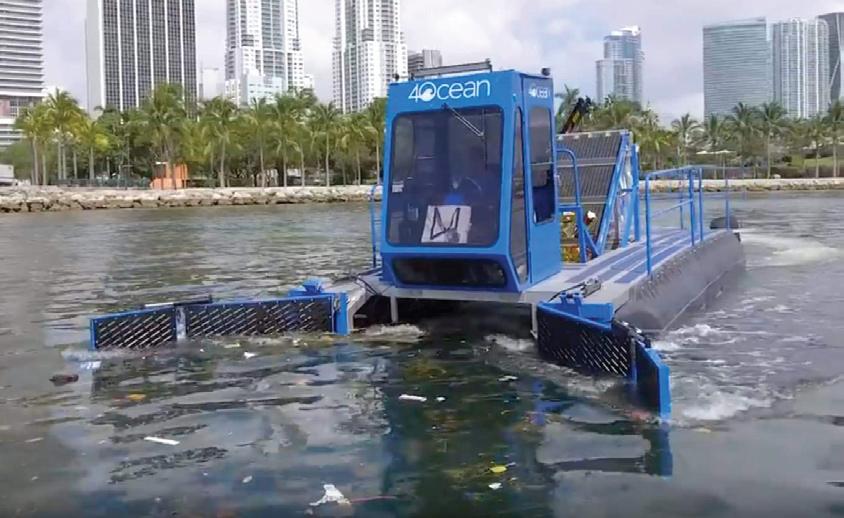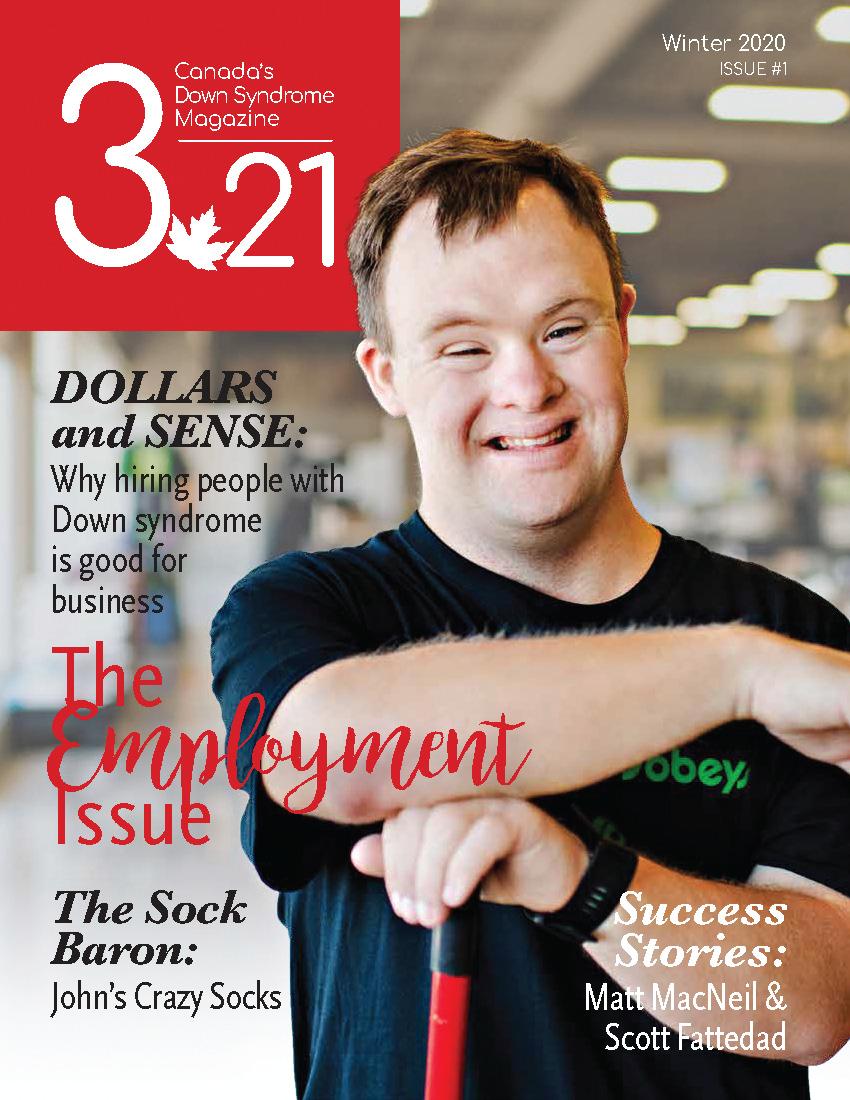Donor Report
Gift Prospect Modeling and Prospect Research - Part One
How to Dispense with the Hype and Find Power in Donor Data
C
By Matthew Dubins
hances are good that your non-profit is ready to use major gift prospect modeling and prospect research to help you find new major donors. You may already be crunching those numbers. But what you might not know is just how powerful these crucial practices can really be, or where the hype might outpace the reality. What’s vital is to take a new, or closer, look at how they will help your nonprofit catapult the output and efficiency of your major gift officers. Part 1a - Major gift prospect modeling These days there is more awareness of artificial intelligence and machine learning than ever before. Regrettably, with increased awareness comes a high level of hype. Companies that sell products based on these statistical techniques will give you the impression that their techniques are revolutionary and will try to convince you their products are the only ones to provide you with the benefit from such techniques. Also, marketing from such companies tends to embed an impression that lots of data is needed to make worthwhile the use of such algorithms. As a data scientist who works in the non-profit sector, I wanted to clear the air on this topic. Let’s start with a quick working definition of the subject matter. Major gift prospect modeling is the practice of using advanced statistical techniques to assign all your donors with a score (usually from 1-10, or 1-100) on the basis of how much they look like a major donor. To create the score, the statistical algorithm needs a sufficient number of past examples of high level giving so it can learn what to expect from your donors. Please don’t expect the modeling to definitively uncover $20,000+ donors if you’ve never had them. Would you believe that even smaller non-profits can benefit from modeling? I recently scored the database of a non-profit that didn’t even have 5,000 active donors! Thankfully, there were a couple of tables in their donor database where the data was reasonably clean, allowing me to create a very useful major gift prospect model. The key criterion then is whether or not the non-profit consistently records data on their donors and donor behaviour. Of course, the more you track about your 38
FOUNDATION Magazine
January/February 2020
donors, the better. Obviously, larger non-profits can certainly benefit from this as well. Now, let’s talk about donor data requirements. Donor data sources that can be useful for creating major gift prospect models include, but are not limited to: ❯❯ Biographical details ❯❯ Gift history ❯❯ Solicitation history ❯❯ Contact preferences ❯❯ Event participation ❯❯ Volunteerism ❯❯ Connection to the cause ❯❯ Demographics Bear in mind that not all these data sources are needed for modeling. Going back to the example of the small non-profit I mentioned, the only data sources they were able to share with me were biographical details and gift history. I was able to do a demographic append using Canadian Census data. That made three data sources altogether. After roughly three weeks, the project should be completed. The three major deliverables of such a project are: 1. The model summary and insights report The model summary and insights report is a document that summarizes the data characteristics that were used to create the major gift prospect model score. Think of these characteristics as helping to paint a picture of what constitutes a high level donor for your non-profit. My reports always start with a simple listing of those characteristics, along with how important each was in building the model. Subsequently, my clients love when I show them graphs that explain more about how these characteristics are correlated with high-level giving. For example, a graph showed my client that donors whose first gift was $100 or more were over two times as likely to give at a high level compared to other donors. Another interesting example that came out of the summary and insights report was a different non-profit I worked with who learned that donors who had given at least $2,500 through monthly giving were much more foundationmag.ca















